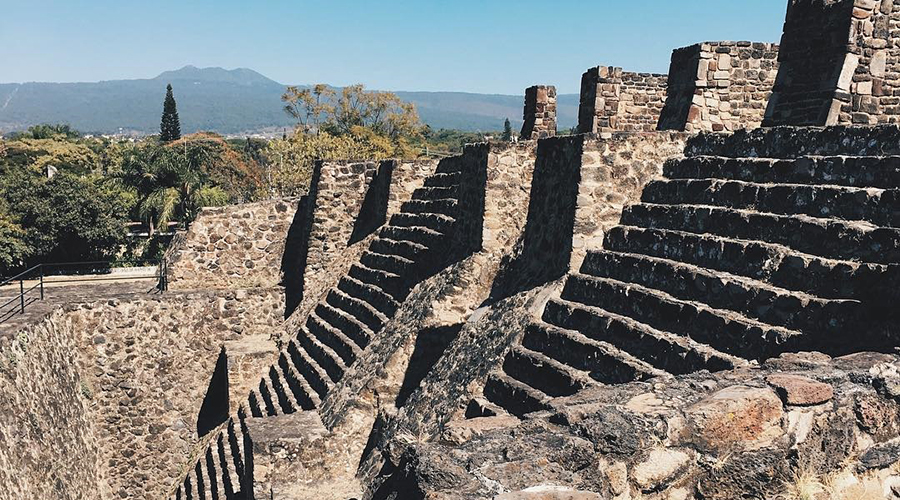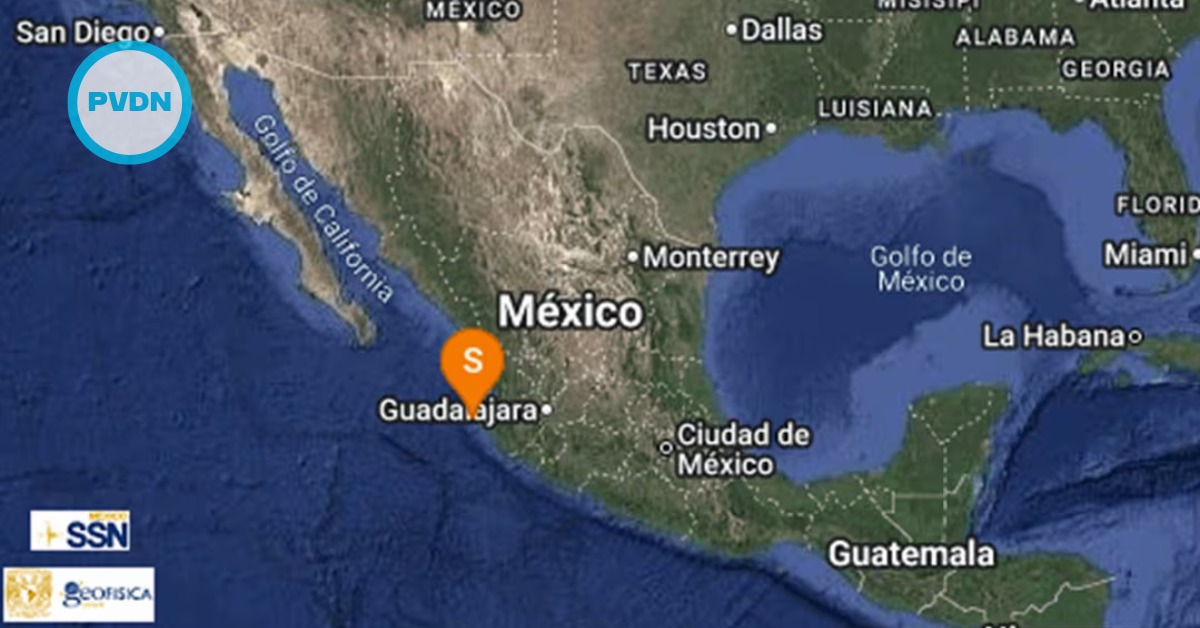The destructive earthquake that struck central Mexico in September last year caused hundreds of deaths and numerous material damages. But the strong tremor has also had an unexpected consequence for archaeologists. While they were carrying out repairs to the Teopanzolco pyramid, in the state of Morelos, they found remains of a temple that they believe could have been dedicated to Tlaloc, the rain god of the ancient Mexica. The investigation continues, but the finding implies that there would have been a structure from an earlier archaeological stage.






